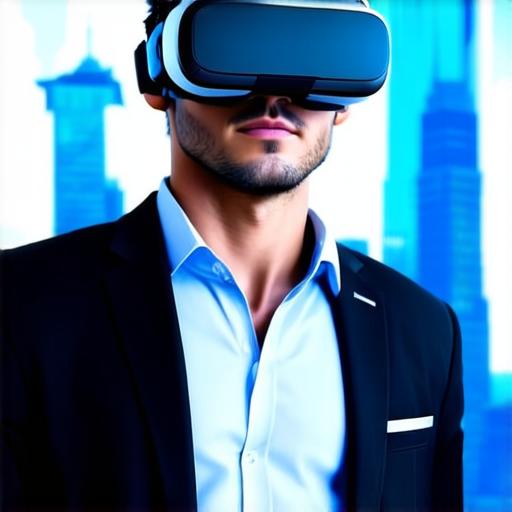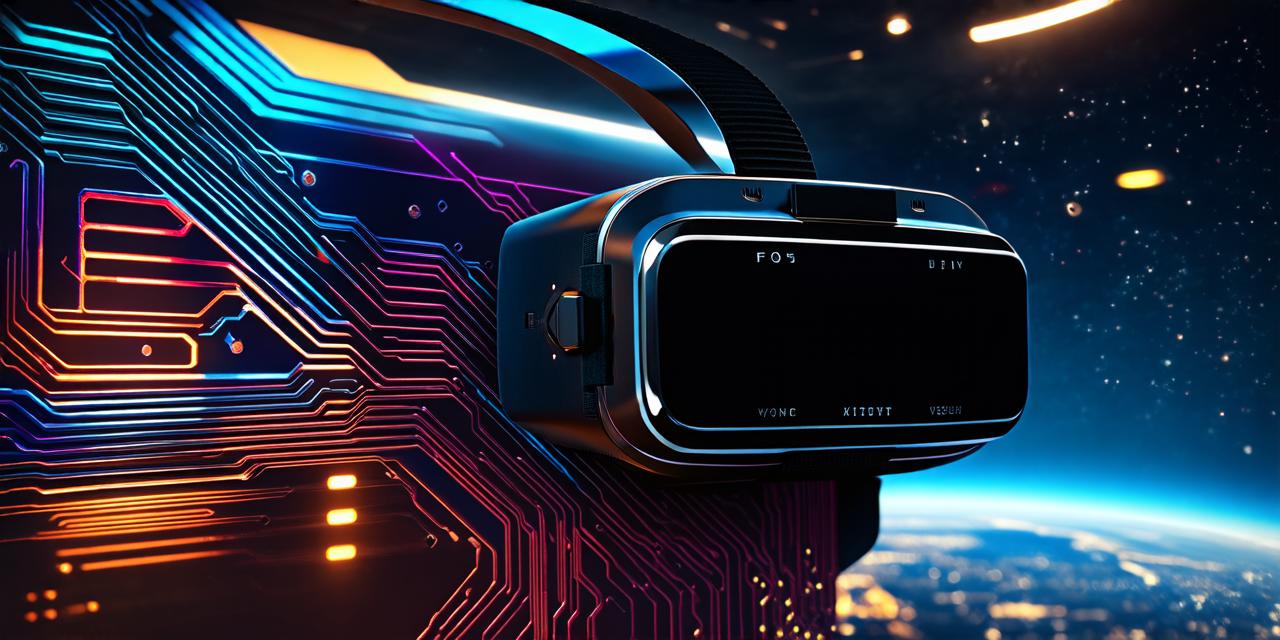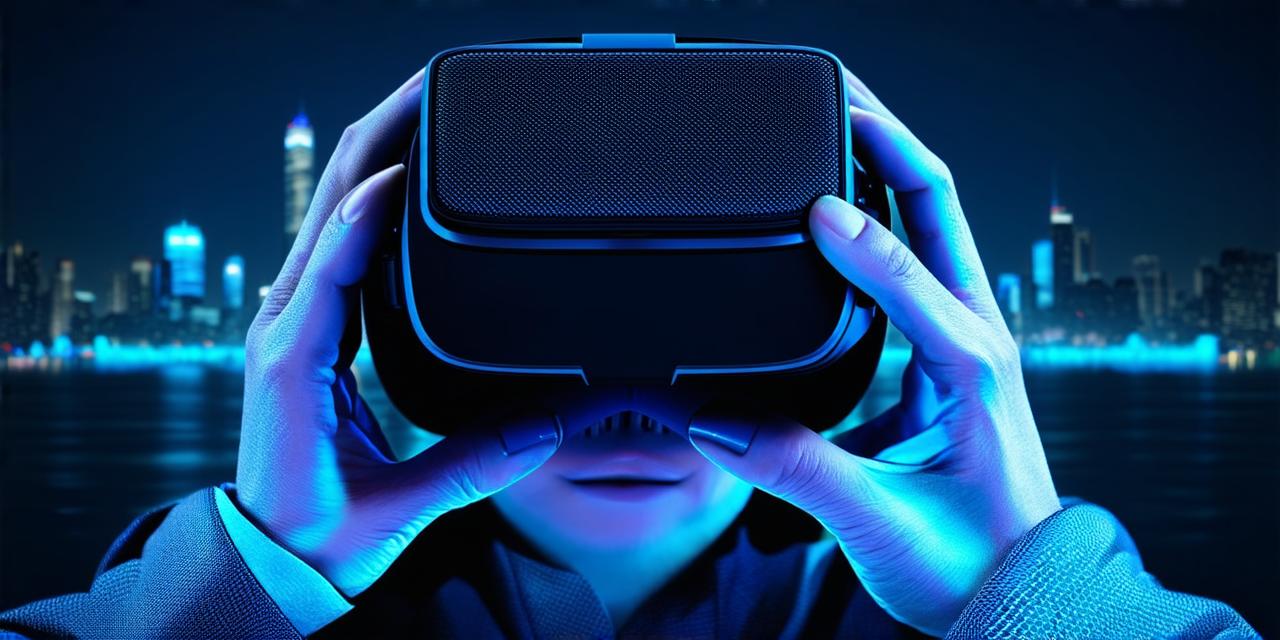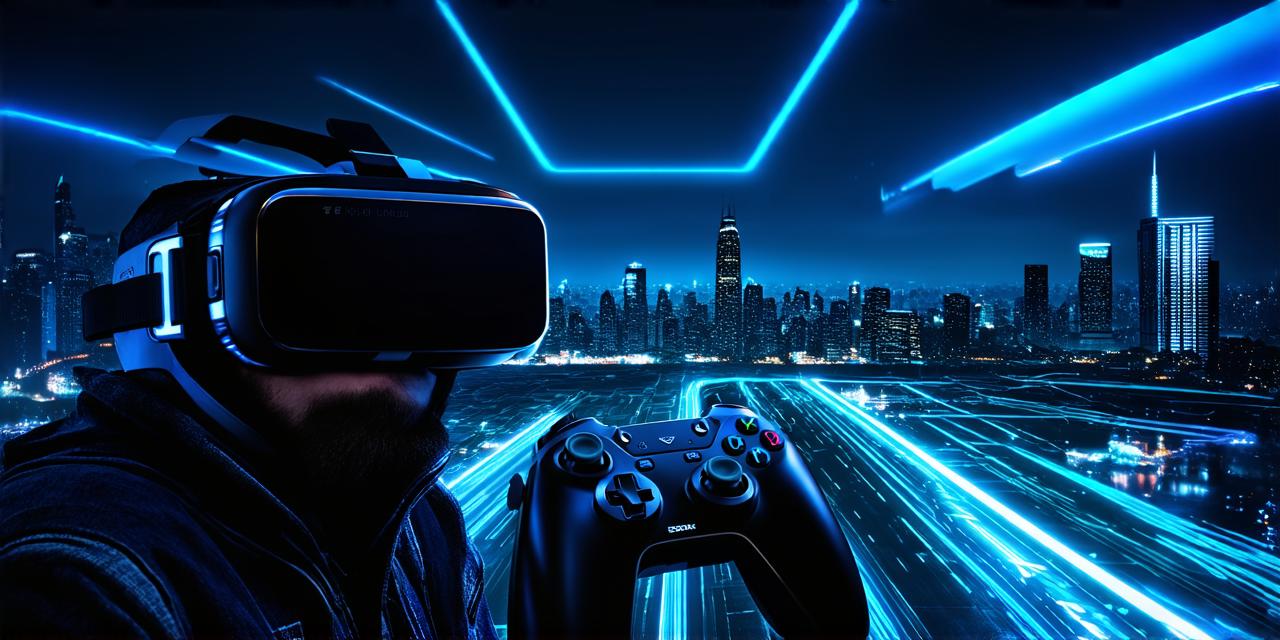Introduction
Virtual Reality (VR) technology has revolutionized the way we interact with digital content, offering immersive experiences that blur the line between the real and virtual worlds. However, for those considering investing in VR, understanding the associated costs is crucial.
Hardware Costs
Head Mounted Display (HMD) Devices
The heart of any VR setup is the HMD device. These devices range from budget-friendly options like Google Cardboard and Samsung Gear VR, to high-end solutions such as Oculus Rift, HTC Vive, and PlayStation VR. Prices for these devices can vary significantly, with entry-level models starting at around $20-$30 for mobile-based systems, while premium HMDs can cost upwards of $400 or more.
Computing Power
High-end VR systems like the Oculus Rift and HTC Vive require a powerful computer to run smoothly. Minimum system requirements often include a high-end graphics card (GPU), a fast processor, and at least 8GB of RAM. Building or purchasing a PC that meets these requirements can cost anywhere from $600 to over $2000, depending on the specific components chosen.
Motion Controllers
Most VR systems come with motion controllers designed for intuitive interaction within virtual environments. These controllers are essential for many VR experiences and typically cost between $50 and $100 per pair.

Software Costs
While some VR software is free, many popular titles can be quite expensive. AAA game titles like Beat Saber, Half-Life: Alyx, or Skyrim VR can cost upwards of $60 each. Additionally, subscription services such as Oculus Home and SteamVR offer a variety of content for a monthly fee.
Accessories and Maintenance Costs
Cables and Adapters
VR systems often require a variety of cables and adapters to connect the HMD, controllers, and PC. These can add up in cost, with prices ranging from $20 to over $100 depending on the specific components required.
Replacements and Upgrades
Over time, VR hardware may require replacement or upgrading. For example, controllers may need new batteries, and HMDs may require a new headstrap or lens replacement. These costs should be factored into the overall cost of ownership.
Conclusion
The cost of Virtual Reality can vary significantly depending on the desired level of immersion and the specific hardware chosen. For those looking to dive into VR, it’s essential to consider both the initial investment in hardware and ongoing costs for software, accessories, and maintenance. With careful planning and budgeting, however, the rewards of an immersive VR experience can be well worth the cost.



